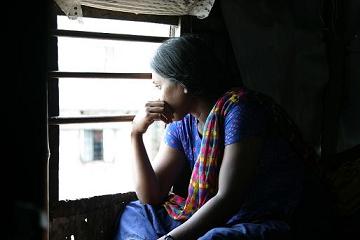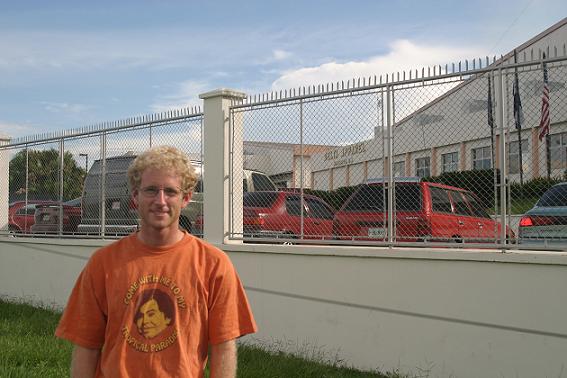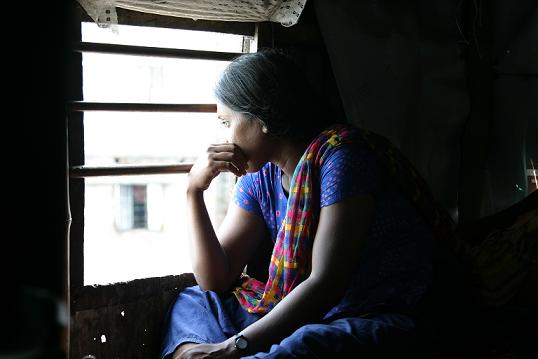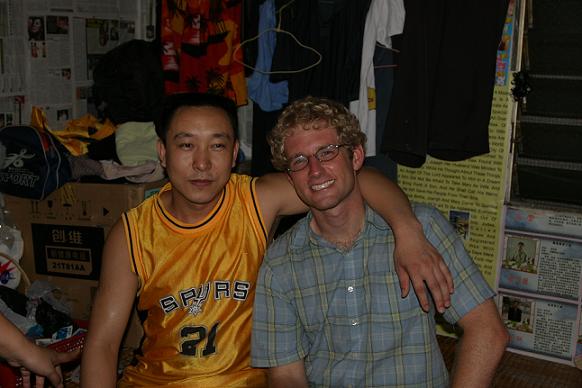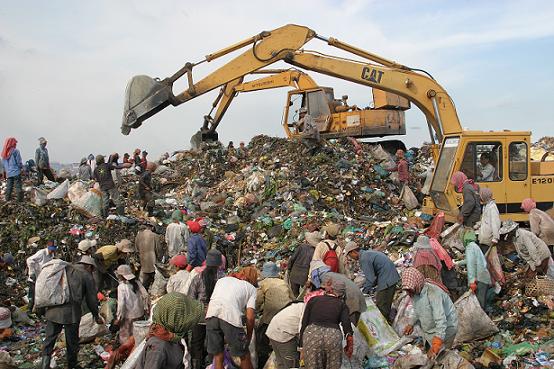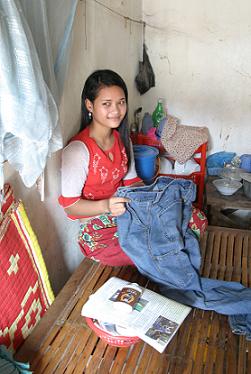
How often do you ask yourself where, exactly, your clothes were made?
Matador member Kelsey Timmerman did, and the question turned into an obsession, a global quest, a blog — and now a book!
Now that Where Am I Wearing? has hit the shelves, I contacted Kelsey to ask him a few questions about his travels in the global garment industry, and what he’s learned about becoming a more responsible consumer.
